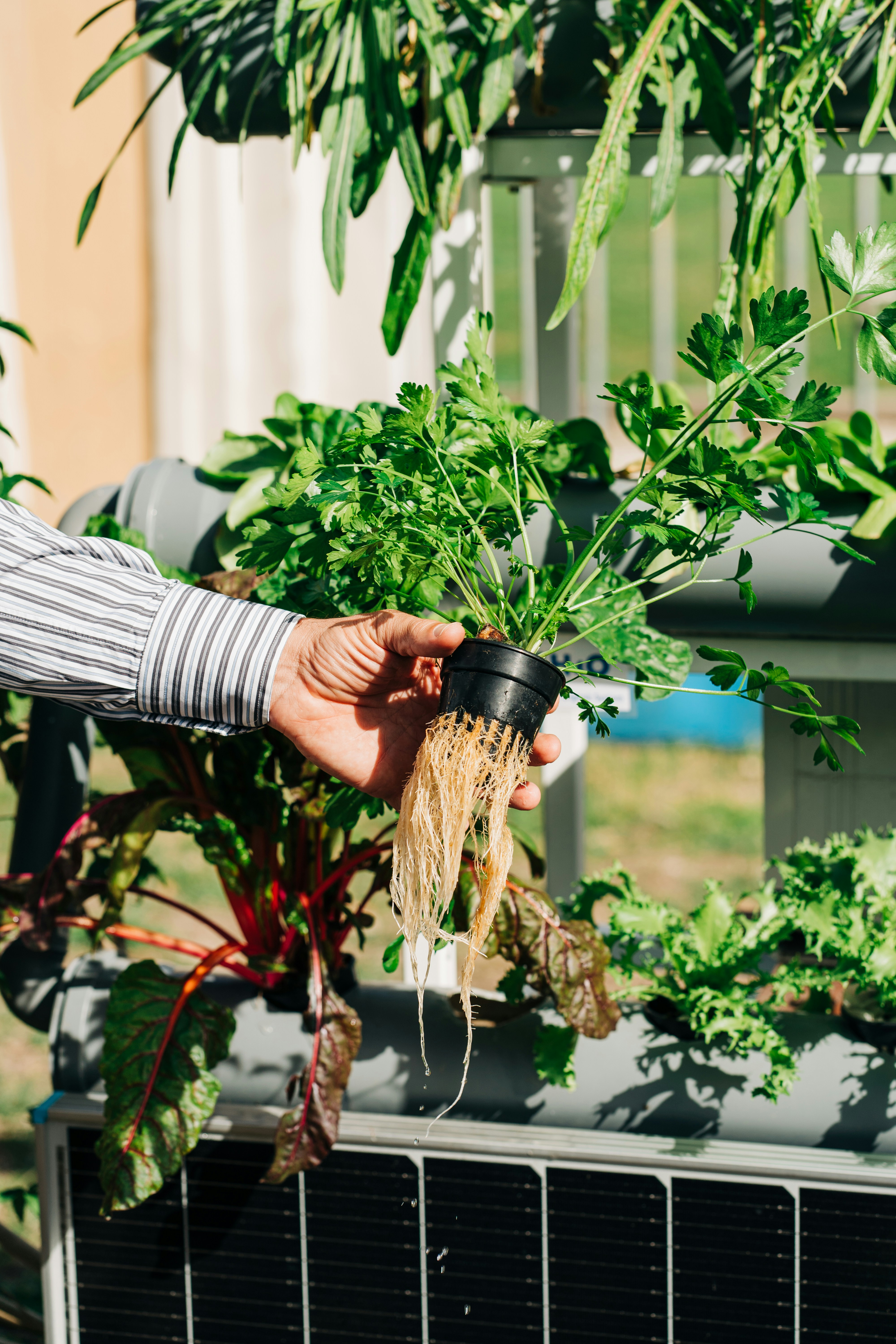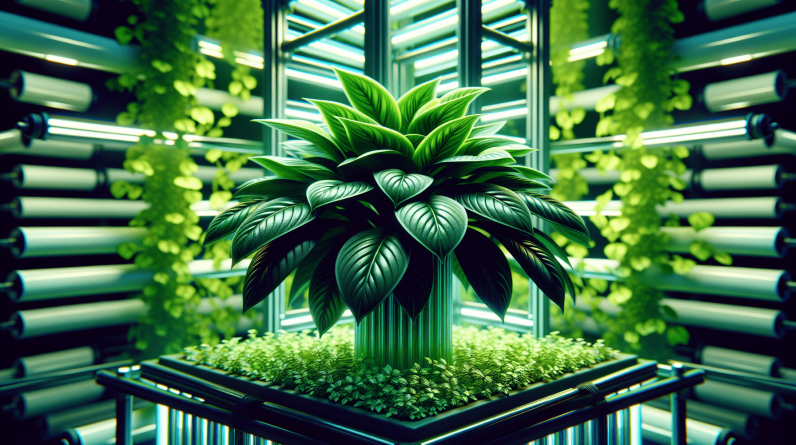
Welcome to the world of healthy plants with hydroponic systems! Hydroponic growing offers a multitude of benefits for plants, including faster growth, higher yields, and reduced water usage. By providing essential nutrients directly to the roots without the need for soil, hydroponic systems promote healthier plants with fewer chemical inputs. Say goodbye to soil-borne diseases and pests, and hello to sustainable and efficient gardening all year round with hydroponics. Say hello to thriving plants and delicious, nutritious produce! Are you interested in gardening but limited by space, soil quality, or climate conditions? Well, look no further because hydroponic systems might just be the solution you’ve been searching for! Let’s dive into the world of hydroponics and discover how you can grow healthy plants right in the comfort of your own home.
What is Hydroponics?
So, you might be wondering, what exactly is hydroponics? Well, in simple terms, hydroponics is a method of growing plants without soil. Instead of soil, plants are grown in a nutrient-rich water solution that provides everything they need to thrive. This innovative approach to gardening is becoming increasingly popular due to its many benefits and the ability to grow a wide variety of plants.
Why Choose Hydroponics?
hydroponic growing systems offer numerous benefits, making them an excellent choice for modern gardening. They allow plants to grow faster and yield more produce by providing a nutrient-rich solution directly to the roots, eliminating the need for soil. This method conserves water, using up to 90% less than traditional soil gardening, and enables year-round cultivation, regardless of external weather conditions. Additionally, hydroponic systems reduce the risk of soil-borne diseases and pests, resulting in healthier plants and fewer chemical inputs. Overall, hydroponics provides a sustainable and efficient approach to growing fresh, nutritious crops.
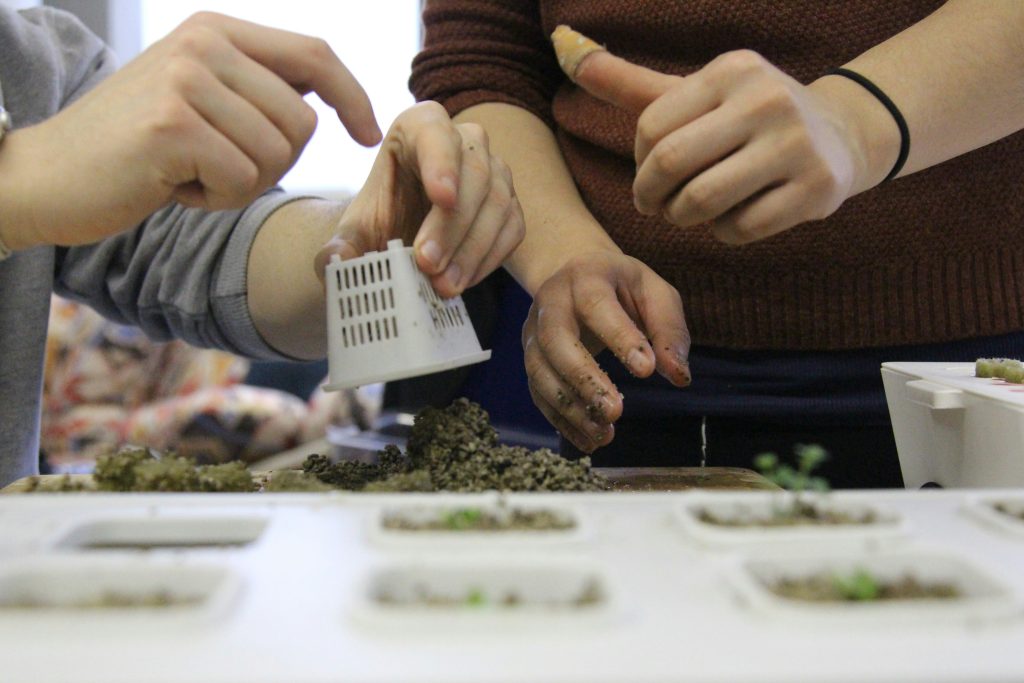
Types of Hydroponic Systems
There are several types of hydroponic systems available, each offering unique advantages and suited to different plant varieties. Let’s explore some of the most common types of hydroponic systems to help you choose the right one for your gardening needs.
Deep Water Culture (DWC)
Deep Water Culture, often referred to as the “water culture” system, is one of the simplest and most popular types of hydroponic systems. Plants are placed in a net pot with growing medium and suspended in a nutrient-rich oxygenated water solution. The roots hang down into the nutrient solution, absorbing oxygen and essential nutrients for healthy growth.
Nutrient Film Technique (NFT)
In the Nutrient Film Technique system, a shallow stream of nutrient solution continuously flows over the plant roots, providing a constant supply of water, oxygen, and nutrients. The roots are exposed to the nutrient solution, allowing for efficient nutrient uptake and oxygenation. This system is ideal for growing leafy greens and herbs.
Ebb and Flow (Flood and Drain)
The Ebb and Flow system works by flooding the plant roots with a nutrient solution at regular intervals and then draining the excess solution back into a reservoir. This cycle of flooding and draining ensures that the roots receive an adequate supply of water, nutrients, and oxygen. It is a versatile system that can be used to grow a wide range of plants.
Aeroponics
Aeroponics is a high-tech hydroponic system that suspends plant roots in the air and mists them with a nutrient-rich solution. This misting system provides the roots with oxygen, water, and nutrients, promoting rapid growth and healthy plant development. Aeroponics is an advanced system that is highly efficient and requires minimal water usage.
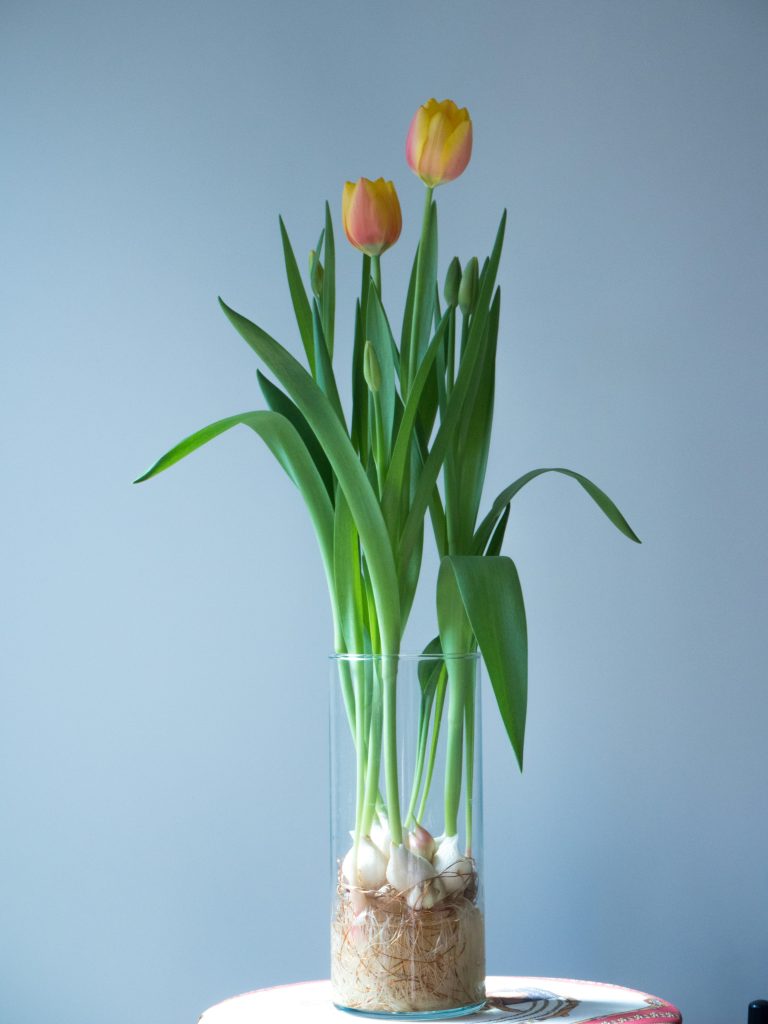
Setting Up Your Hydroponic System
Now that you have chosen the type of hydroponic system that best suits your gardening needs, it’s time to set up your growing system. Here are the basic steps to help you get started with your hydroponic setup:
-
Select a Suitable Location: Choose a well-lit area with access to electricity and water for your hydroponic setup. Indoor spaces with natural light or grow lights are ideal for year-round cultivation.
-
Assemble Your Hydroponic System: Follow the manufacturer’s instructions to assemble your chosen hydroponic system. Ensure that all components are properly connected and sealed to prevent leaks.
-
Prepare the Nutrient Solution: Mix the recommended amount of hydroponic nutrient solution with water in a reservoir. Monitor the pH and nutrient levels to ensure they are within the optimal range for plant growth.
-
Plant Your Seeds or Seedlings: Plant your seeds or seedlings in the growing medium and place them in the designated areas of your hydroponic system. Be sure to provide adequate spacing between plants to allow for proper growth.
-
Monitor and Adjust: Regularly monitor the water levels, pH, and nutrient levels in your hydroponic system. Make adjustments as needed to maintain optimal growing conditions for your plants.
Growing Healthy Plants
With your hydroponic system set up and plants growing, it’s important to understand how to care for your plants and ensure they thrive in this soil-less environment. Here are some tips to help you grow healthy plants using hydroponic systems:
Watering and Nutrient Management
One of the key advantages of hydroponic systems is the precise control you have over the water and nutrient supply to your plants. Monitor the water levels in your system regularly and ensure that the nutrient solution is at the correct strength for the stage of growth your plants are in. Adjust the pH levels as needed to prevent nutrient deficiencies and maintain healthy plant growth.
Lighting and Ventilation
Lighting is essential for plant growth, especially in indoor hydroponic setups where natural light may be limited. Invest in high-quality grow lights that provide the necessary spectrum for plant growth. Ensure proper ventilation in your growing area to prevent temperature fluctuations and stagnant air, which can lead to mold and pest infestations.
Pest and Disease Management
While hydroponic systems are less prone to soil-borne diseases and pests, it’s still essential to monitor your plants for any signs of distress. Inspect your plants regularly for pests, such as aphids or spider mites, and take prompt action to prevent infestations. Maintain a clean growing environment and practice good hygiene to minimize the risk of disease outbreaks.
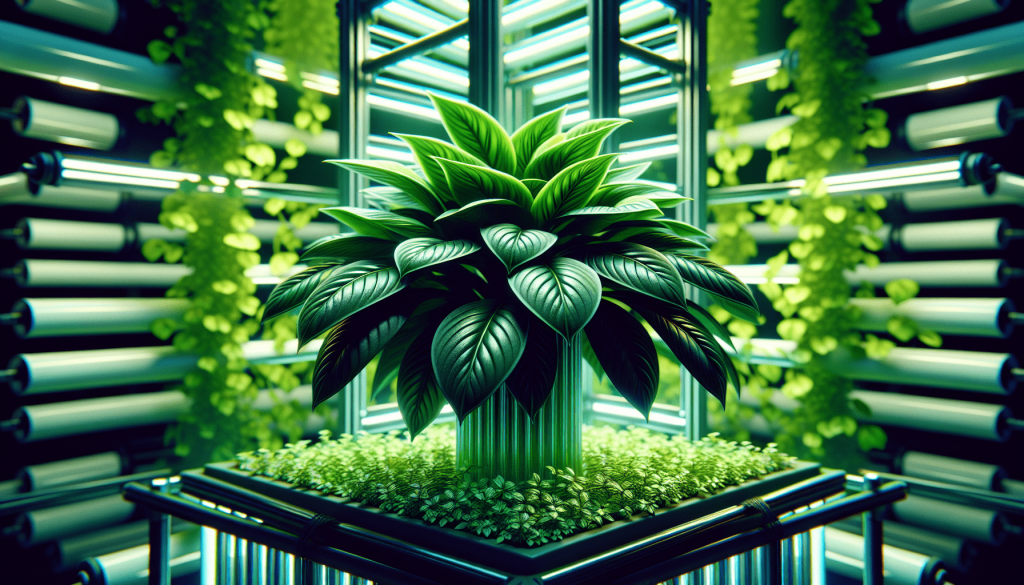
Harvesting and Enjoying Your Produce
After weeks of caring for your plants and watching them grow, it’s time to reap the rewards of your hard work and enjoy the fresh produce from your hydroponic garden. Here are some tips for harvesting and enjoying your homegrown fruits, herbs, and vegetables:
-
Harvest at the Right Time: Each plant has its own optimal harvesting time, so be sure to research the specific requirements for the crops you are growing. Harvest leafy greens, herbs, and microgreens when they are young and tender for the best flavor and texture.
-
Store and Preserve: Store your harvested produce in the refrigerator or freezer to prolong its freshness. Some herbs and vegetables can also be dried or preserved in oil or vinegar for long-term storage.
-
Cook and Enjoy: Use your homegrown produce to create delicious meals and beverages. Experiment with new recipes and flavor combinations to fully appreciate the freshness and quality of your hydroponically grown plants.
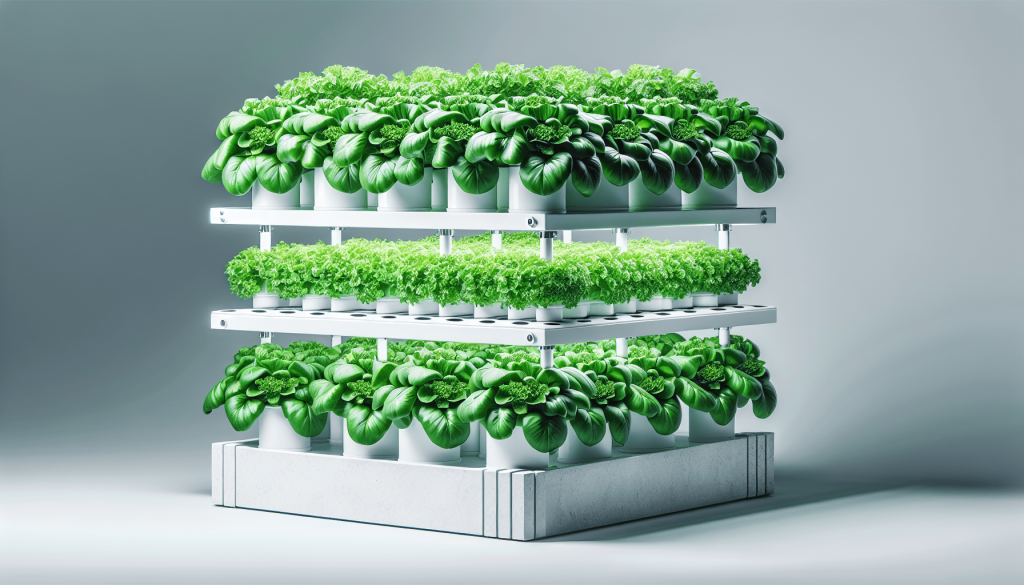
Conclusion
In conclusion, hydroponic systems offer a sustainable and efficient method of growing healthy plants without the use of soil. By providing plants with a nutrient-rich water solution, precise control over growing conditions, and protection from soil-borne diseases and pests, hydroponics allows you to grow a wide variety of crops year-round. Whether you are a seasoned gardener or a beginner looking to explore new gardening methods, hydroponics is a rewarding and enjoyable way to cultivate fresh, nutritious produce right in your own home. So why not start your own hydroponic garden today and experience the joys of growing healthy plants with this innovative growing system!




